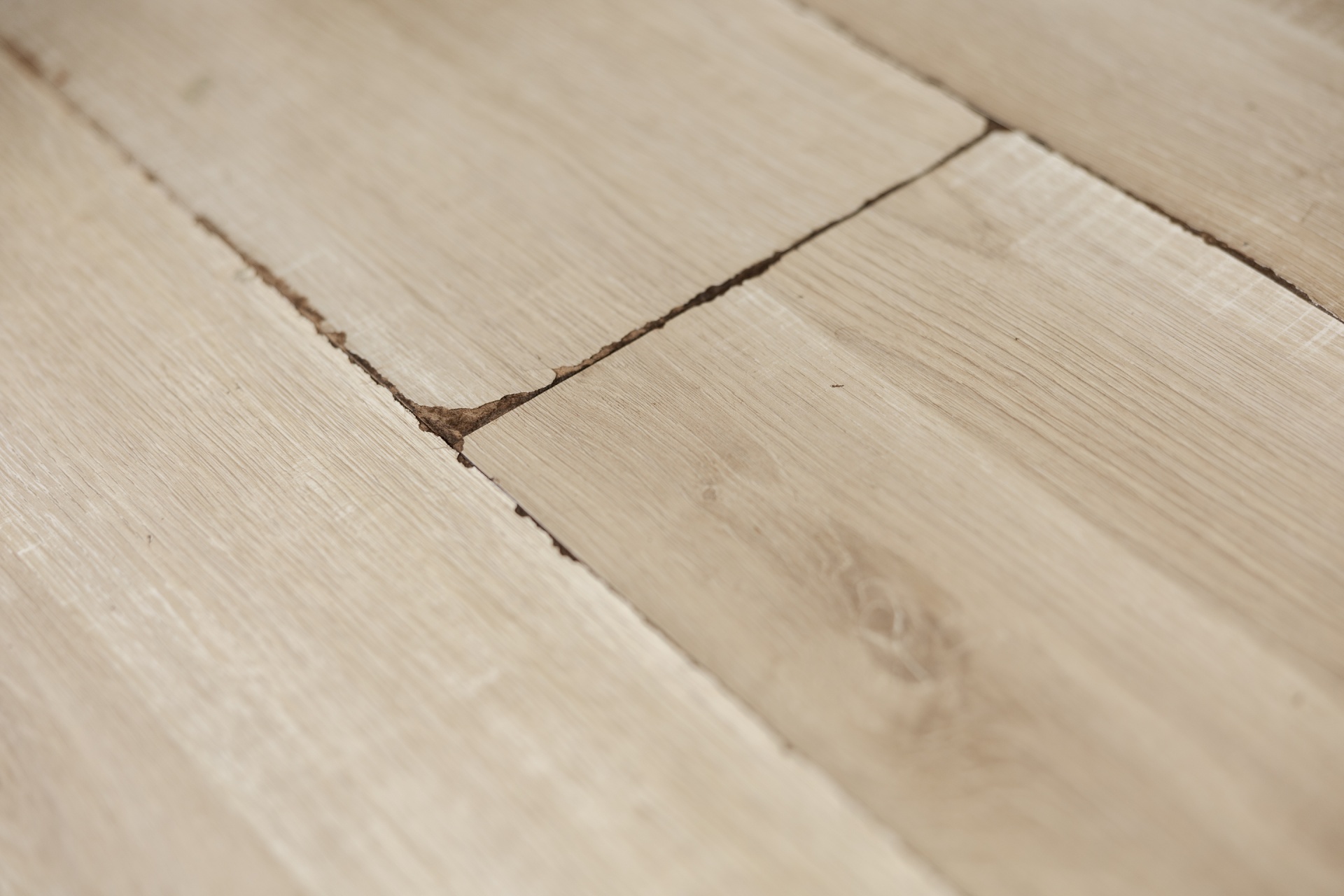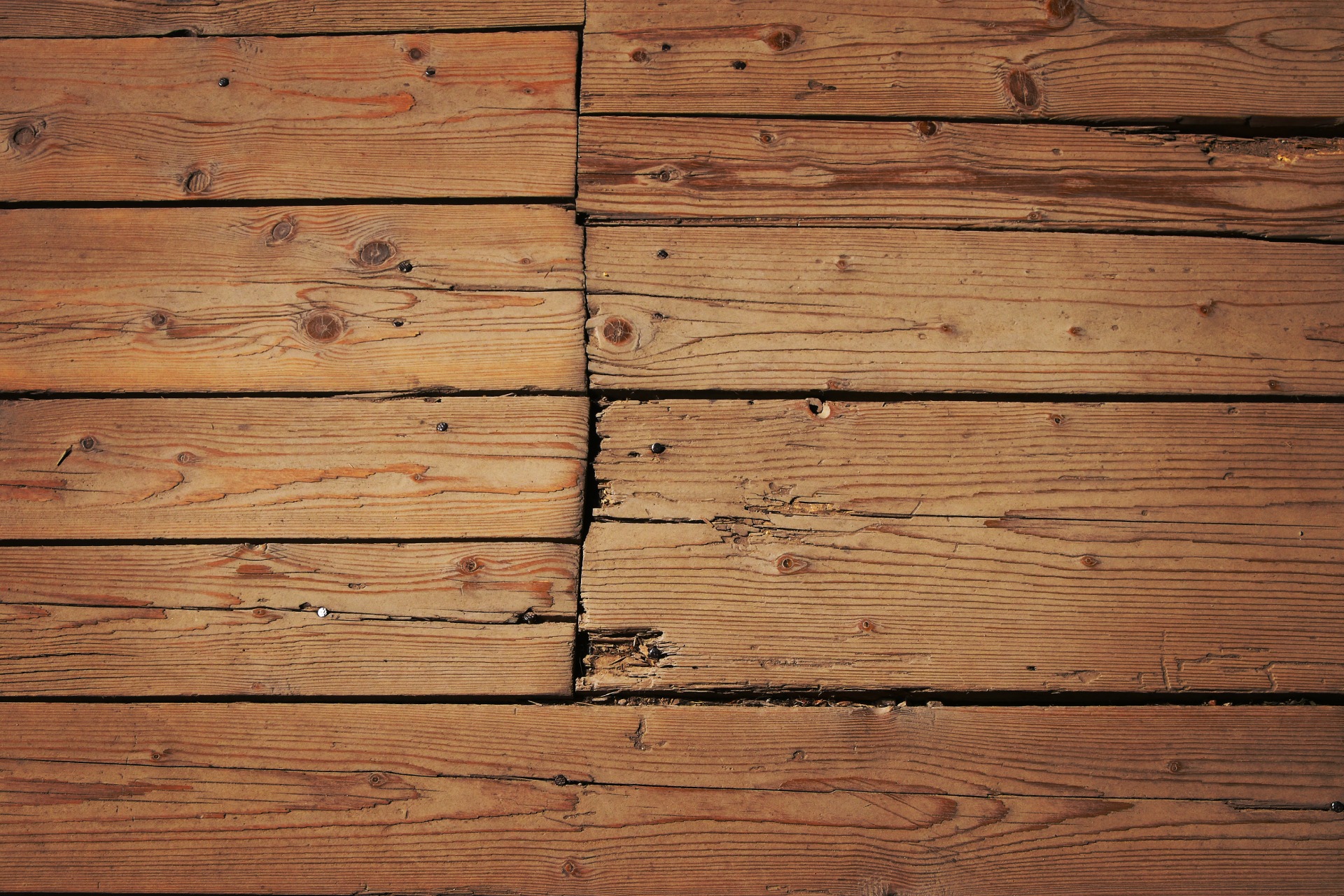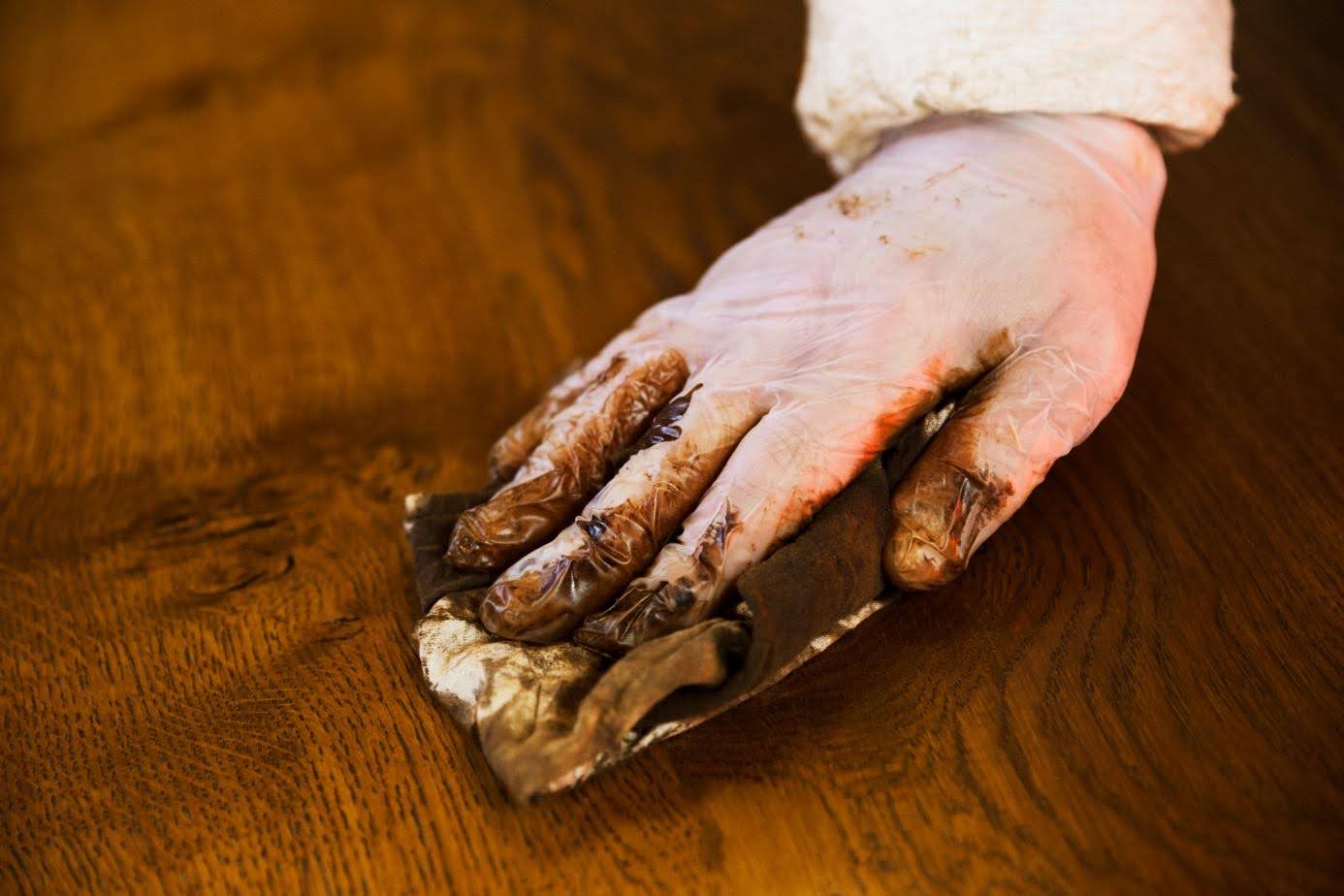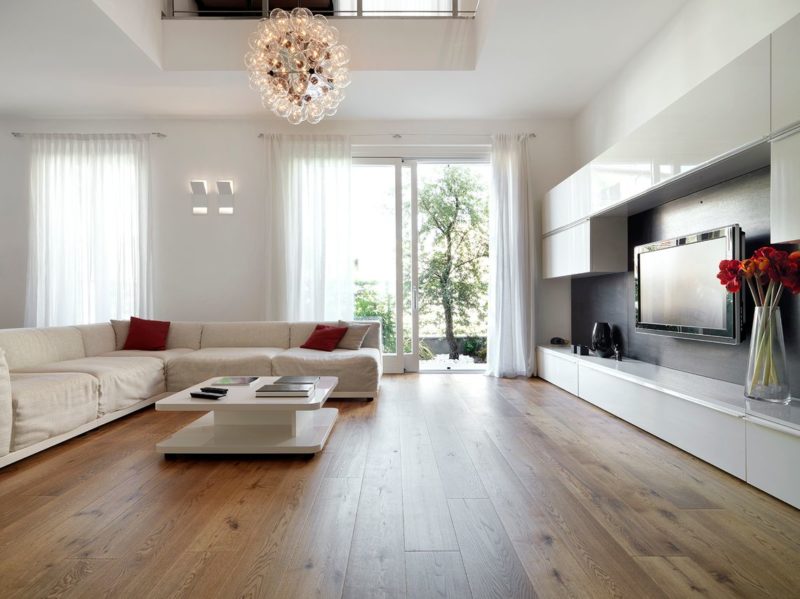If you have a hardwood floor in your home, it’s essential to take care of it so that it retains its beauty and durability. However, even with regular maintenance, there may come a time when the floor needs repair. This article will provide you with all the necessary information to repair a damaged hardwood floor, whether it’s minor scratches or large cracks.
What can cause damage to a hardwood floor?
Before repairing your hardwood floor, it’s essential to understand the various causes of floor damage. Here are some of the most common reasons why a hardwood floor can become damaged:
-
Water
Water is one of the leading causes of damage to hardwood floors. Excess water can cause stains, swelling, and warping of the floor.
-
Normal wear and tear
Normal wear and tear is another factor that can damage hardwood floors. Over time, the protective coating on the floor can wear away, leaving the wood exposed to the elements and scratches.

-
Furniture
Furniture can damage hardwood floors if it is moved improperly or has sharp legs.
-
Pets
Pets can also damage hardwood floors by scratching or chewing on the wood.
How to repair your hardwood floor?
Now that you know the causes of hardwood floor damage, here are the steps to follow to repair your floor.
Step 1: Assess the damage
The first step in repairing a hardwood floor is to assess the extent of the damage. Carefully examine the floor to identify all damaged areas. The most common areas that require repair are scratches, scuffs, and cracks.
Step 2: Repairing minor scuffs and scratches
If you have slight scuffs or scratches on your hardwood floor, you can easily fix them by following these steps:
1- Clean the damaged area
Clean the damaged area with a clean, dry cloth to remove any dirt and dust.
2- Use a wood wax crayon
Use a wood wax crayon that matches the color of your floor to fill in the scratches or scuffs. Gently rub the crayon over the damaged area until it is filled.
3- The repaired area
Use a clean cloth to polish the repaired area until it is smooth and shiny.
Step 3: Repairing Cracks
If the floor has cracks, fill them with wood filler.

If you have larger cracks in your hardwood floor, you’ll need to use wood filler to repair them. Here’s how:
- Clean the damaged area with a clean, dry cloth to remove all dirt and dust.
- Use a spatula to apply wood filler into the crack. Ensure the crack is filled and the surface is smoothed with the spatula.
- Allow the wood filler to dry completely, following the manufacturer’s instructions.
- Once the filler is dry, use fine sandpaper to smooth the surface until it is level with the surrounding floor.
Step 4: Repairing Damaged Boards
If you have hardwood boards that are too damaged to be repaired, you’ll need to replace them. Here are the steps to follow:
- Remove the damaged board by cutting the ends with a jigsaw and removing the nails or screws holding it in place.
- Measure the length and width of the board to be replaced and purchase a replacement board of the same size and wood species as the rest of the floor.
- Install the new board by nailing or screwing it into place, making sure it is level with the rest of the floor.
4 Good Reasons to Invest in Floor Repair
- First of all, be aware that repairing your hardwood floor is an excellent long-term investment. Professionals in the field can restore your floor’s beautiful appearance, allowing you to enjoy it for many more years to come.
- Moreover, it is in your best interest to trust professionals, as poorly executed sanding with inadequate equipment can cause severe damage and lead to additional costs. Keep that in mind!
- In addition, hardwood floors help increase the value of your home: it is well known that properties with hardwood floors sell faster on the market, and at a higher price!
- Beyond their rich character, hardwood floors enhance brightness and help create a warm atmosphere. And since they don’t trap dust and other allergens, they are easy to maintain and a wise choice.
Entrust Your Repair Work to Professionals
Hiring specialists in hardwood flooring is always a wise decision — whether it’s for sanding, varnishing, staining, repairs, or complete installation. At Planchers Verdun, our reputation is built on a foundation of trust with our clients in Montreal (West Island), Laval, and the South Shore, including Longueuil and Boucherville, since 1925. Every project is completed with care to deliver the highest possible quality and results that consistently exceed your expectations.
Contact us today for a free estimate!
FAQ
The time required to repair a hardwood floor depends on the severity of the damage. Minor scratches and scuffs can be fixed in just a few minutes, while repairing cracks and replacing damaged boards may take several hours.
Yes, you can use wood filler to fill large cracks in your hardwood floor. Just make sure to fill the crack and smooth the surface of the filler with a putty knife.
The cost of repairing a hardwood floor depends on the extent of the damage and the number of boards that need to be replaced. In general, the cost can range from a few hundred to several thousand euros. It is recommended to request quotes from professionals to get a more accurate idea of the cost.
If the damage is minor, you can repair your hardwood floor yourself. However, for more serious damage, it is recommended to hire a professional to ensure the repair is done correctly.
To protect your hardwood floor and prevent damage, it is recommended to:
- Avoid walking with shoes that can scratch the floor.
- Avoid dropping heavy objects on the floor.
- Use felt pads under furniture legs to prevent scratches.
- Wipe up any water or liquid spills immediately to avoid water damage.
Prevent pets from scratching or chewing on the floor.

By following these simple tips, you can help protect your hardwood floor and extend its lifespan.



